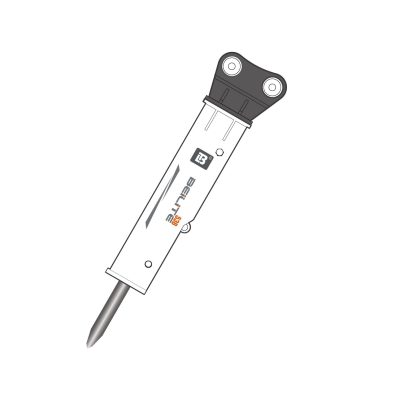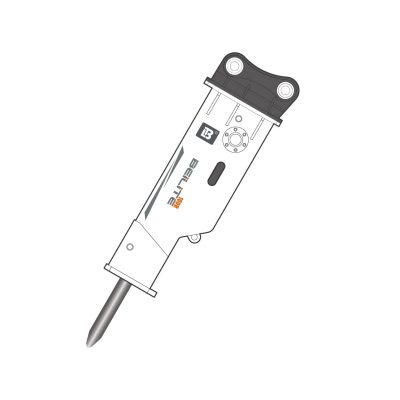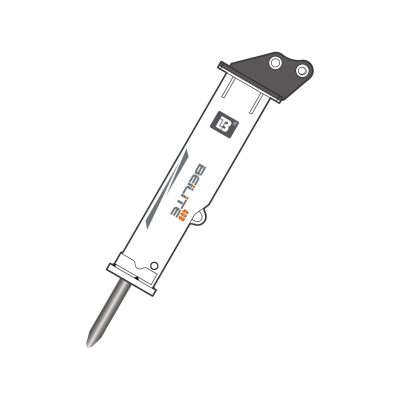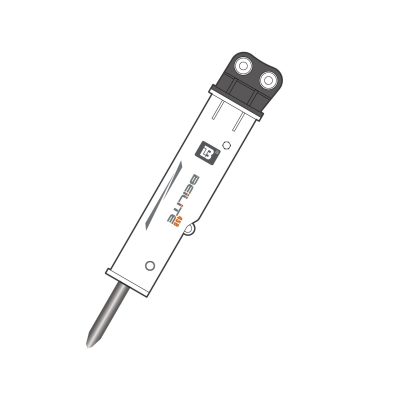Cómo elegir el martillo hidráulico para sus condiciones de trabajo? Guía de contratación para empresas de la construcción
Todo director de obra se enfrenta a la decisión de martillo hidráulico comprar. Su objetivo es encontrar una herramienta que se adapte a las exigencias de su obra y ofrezca un rendimiento fiable. En esta guía se describen los pasos que deben seguir los contratistas para elegir la herramienta adecuada. martillo rompedor para condiciones variadas.
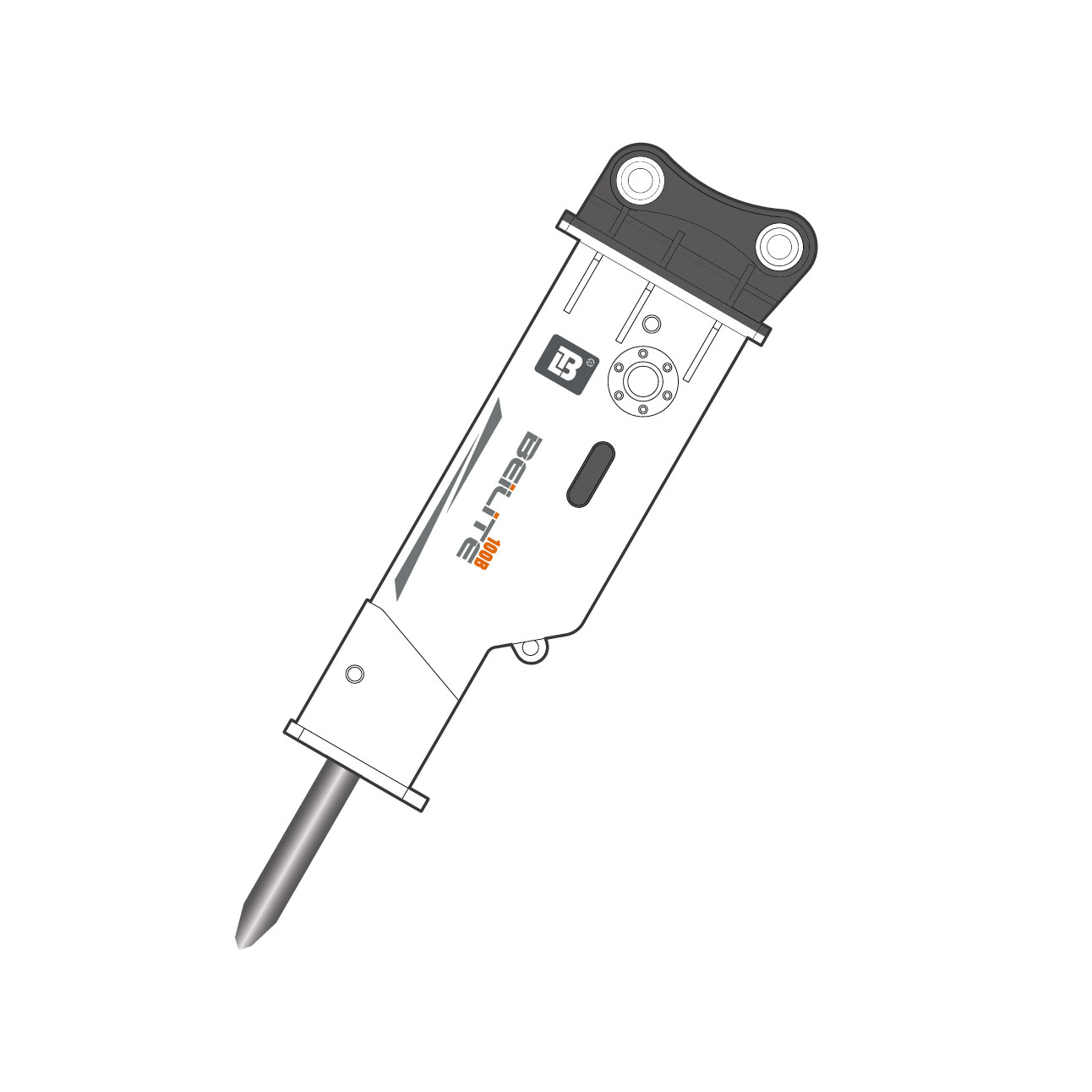
Comprender el papel de un martillo hidráulico en Construcción
Los contratistas utilizan un martillo hidráulico para demoler hormigón, roca y asfalto. La herramienta transfiere la energía hidráulica de una excavadora en potentes golpes. Se apoya en la rompepiedras para romper material duro sin excesivos tiempos de inactividad. Una selección adecuada garantiza el cumplimiento de los plazos del proyecto. Cada párrafo destaca cómo una martillo hidráulico optimiza la productividad de las obras.
Evaluar las condiciones de trabajo de su empresa para el martillo rompedor
Debe evaluar la dureza del suelo, el tipo de material y la profundidad de trabajo. Usted inspecciona si la roca o el hormigón armado requieren una mayor energía de impacto. Debe tener en cuenta las temperaturas ambiente y los niveles de polvo que pueden afectar a la vida útil de la junta en la obra. martillo rompedor. Comprueba si el espacio confinado limita el tamaño de la herramienta. Registre los límites de vibración para proteger a los operarios y las estructuras cercanas. Incorpore estos factores para perfeccionar su elección de martillo hidráulico.
Evaluación de las claves martillo hidráulico Especificaciones
Compara modelos según dos parámetros básicos: energía de impacto y frecuencia. Compara modelos para detectar variaciones.
- Energía y frecuencia del impacto
La energía de impacto se mide en julios o en pies-libra. Las cifras más altas proporcionan una mayor velocidad de rotura en materiales duros. Compruebe la frecuencia (golpes por minuto) para ver la rapidez con la que el rompepiedras funciona. Se equilibra la energía por golpe con la frecuencia para evitar sobrecargar el sistema hidráulico. - Presión de funcionamiento y caudal
Adapte la presión de funcionamiento (en bar o psi) y el caudal (litros/min o gpm) a la potencia hidráulica de su excavadora. Evite modelos que superen la capacidad de su máquina. Compruebe que el martillo hidráulico se ajusta a los límites de seguridad de funcionamiento. Garantizará el máximo rendimiento sin arriesgarse a dañar la bomba.
En cada comparación, mantén el foco en lo principal martillo hidráulico palabra clave para mantener la fuerza de SEO.
Adaptación de la excavadora martillo montado en excavadora
Verifique la clase de peso del portador. Los portabebés ligeros se adaptan a los pequeños martillo montado en excavadora modelos. Las excavadoras pesadas manejan grandes martillos con mayor energía de impacto. Compruebe la compatibilidad de los conductos hidráulicos y los acoplamientos. Confirme que el tipo de soporte coincide con el acoplamiento rápido o el enganche con pasador de su excavadora. Si es necesario, pregunte a su distribuidor por los kits adaptadores. Registre todos los hallazgos en una hoja de especificaciones para cada martillo rompedor opción.
Consideración de las piezas de desgaste y consejos de mantenimiento del martillo hidráulico
Planifique la sustitución periódica de los casquillos y cinceles de la herramienta. Lubrica la herramienta a diario para evitar fallos en las juntas. Lleva un registro de los intervalos de mantenimiento. Almacena piezas clave como kits de acumuladores de nitrógeno y pistones de impacto. Sigue las recomendaciones de engrase del fabricante para prolongar la vida útil de la herramienta. martillo hidráulico vida. Forma a los operarios para que inspeccionen si hay grietas o tornillos sueltos antes de cada turno.
Comparación de marcas y asistencia posventa para el rompepiedras
Haga una lista de los mejores proveedores y compruebe la certificación de fábrica. Llame a los distribuidores locales para confirmar la disponibilidad de las piezas. Evalúe los periodos de garantía y las condiciones de cobertura. Lea los comentarios de los clientes sobre la capacidad de respuesta en las reparaciones. Pregunte a sus colegas por la calidad del servicio. Eliges una marca cuyo servicio posventa se adapte a la escala de tu proyecto para el plazo de entrega. rompepiedras.
Planificación presupuestaria y coste total de propiedad
Calcula el precio de compra inicial. Añada los gastos de envío, formación e instalación. Calcule los costes anuales de mantenimiento basándose en el desgaste de las piezas y los cambios de fluido hidráulico. Prevea las pérdidas de tiempo de inactividad si una reparación dura varios días. Incluya el valor de reventa para calcular el coste a largo plazo. Compare modelos dentro de su presupuesto. Elija un modelo que satisfaga sus necesidades de rendimiento y mantenga los costes operativos bajo control.
Pasos finales para completar su guía de compra de martillos hidráulicos
Realice una demostración final in situ antes de realizar el pedido. Verifique el rendimiento real en su material más duro. Confirme la comodidad del operador con los niveles de vibración y ruido. Revise las condiciones del contrato, incluidos los plazos de entrega y de pago. Envíe una orden de compra al distribuidor seleccionado. Planifique el montaje de la herramienta y la formación del operario el día de la entrega.
Principales conclusiones
- Usted evalúa las condiciones del lugar para martillo hidráulico características.
- Compara la energía del impacto, la frecuencia, la presión y el flujo con su portador.
- Usted planifica el mantenimiento en torno a las piezas de desgaste y la lubricación.
- Usted sopesa el soporte de la marca y las condiciones de garantía del martillo rompedor.
- Se calcula el coste total a lo largo de la vida útil de la herramienta.
Llamamiento a la acción
Póngase en contacto con nuestro equipo de ventas hoy mismo para programar una demostración gratuita in situ de los últimos martillo hidráulico modelos. Ayudamos a las empresas de construcción a elegir el rompepiedras y garantice una entrega rápida y una formación completa para su tripulación. Póngase en contacto con nosotros para obtener asistencia personalizada.
Preguntas frecuentes
1. ¿Qué energía de impacto necesito para la demolición urbana?
Se selecciona un martillo rompedor con menor energía de impacto pero mayor frecuencia. Reducirá las vibraciones y el ruido cerca de estructuras sensibles. Garantizará unas condiciones de trabajo seguras en espacios reducidos con el martillo martillo hidráulico.
2. ¿Con qué frecuencia debo cambiar las piezas de desgaste de mi martillo hidráulico?
El casquillo y el cincel se sustituyen en función de las horas de funcionamiento y la dureza del material. Normalmente se inspeccionan las piezas cada 50-100 horas en condiciones de uso intensivo. Siga las instrucciones del fabricante consejos de mantenimiento del martillo hidráulico para evitar fallos inesperados.
3. ¿Puedo montar el martillo rompedor en diferentes excavadoras?
Puede cambiar un martillo montado en excavadora si utiliza un soporte o adaptador universal. Confirme la compatibilidad de la clase de peso y los requisitos de caudal hidráulico. Forme a su personal en los procedimientos de montaje adecuados para garantizar un funcionamiento seguro.
4. ¿Cómo calculo el coste total de poseer un martillo rompepiedras?
Usted suma el precio de compra, los gastos de envío, instalación y formación. Añada las piezas de mantenimiento anual, el fluido hidráulico y los costes de inactividad previstos. Se tiene en cuenta el valor de reventa para obtener una imagen clara de su inversión. guía de compra de martillos hidráulicos.
Esta guía proporciona pasos claros y consejos prácticos para su próxima adquisición de martillos hidráulicos. Siga cada sección para asegurarse la herramienta adecuada para las exigencias de su proyecto y aumentar la productividad de su obra.


